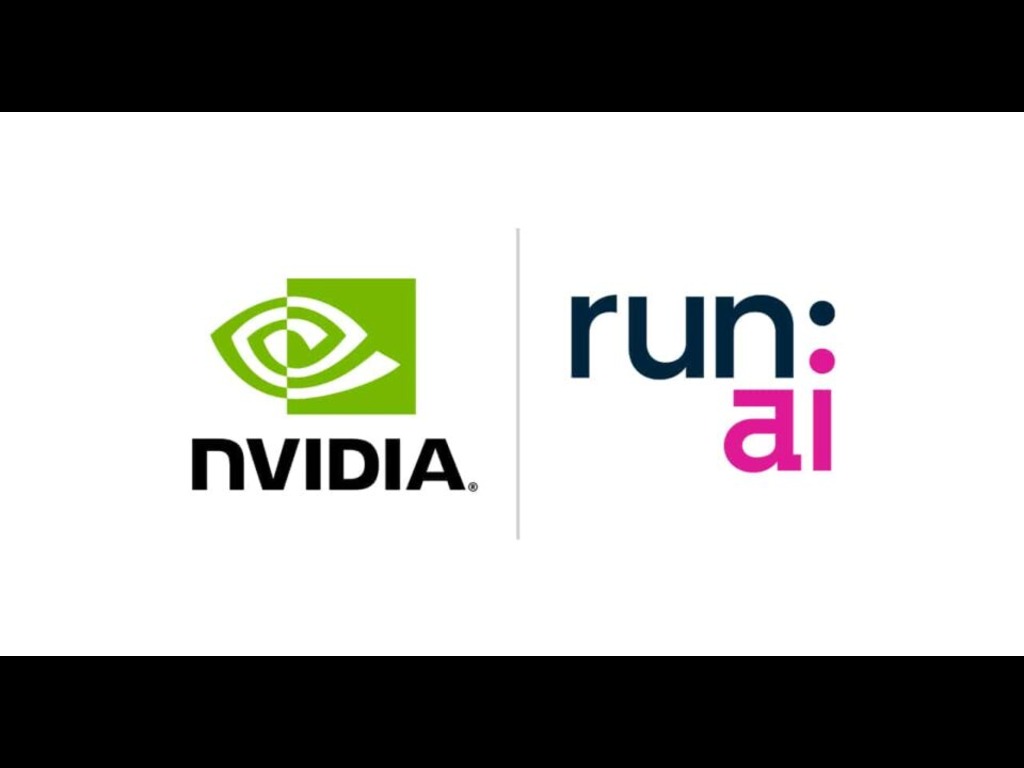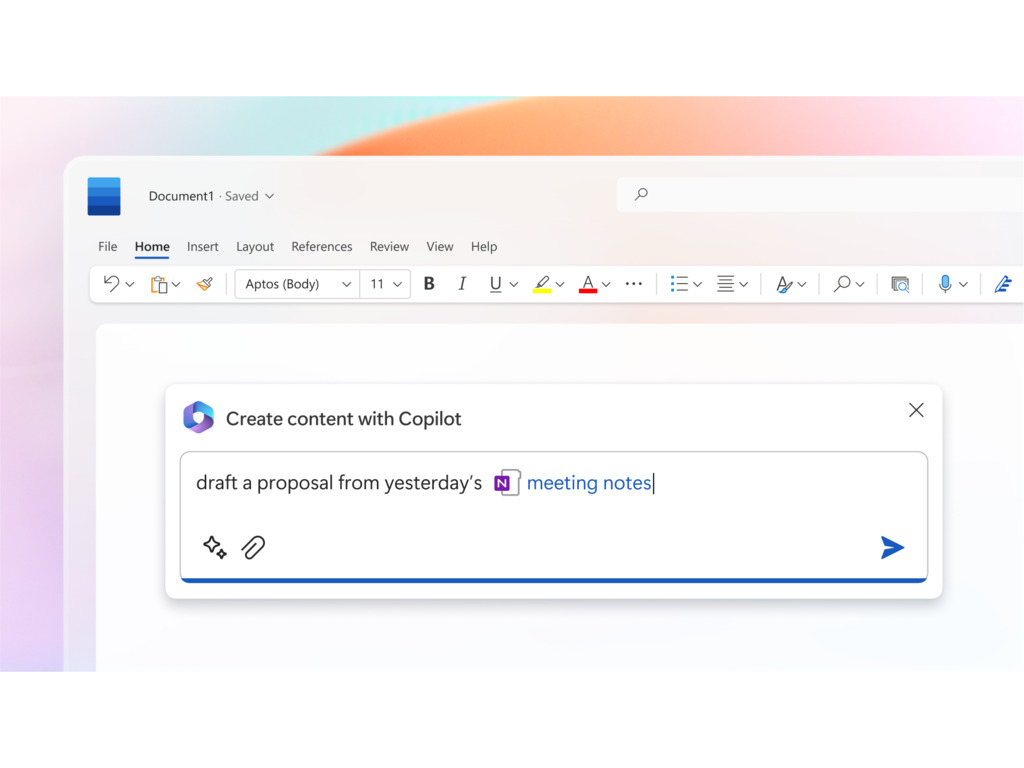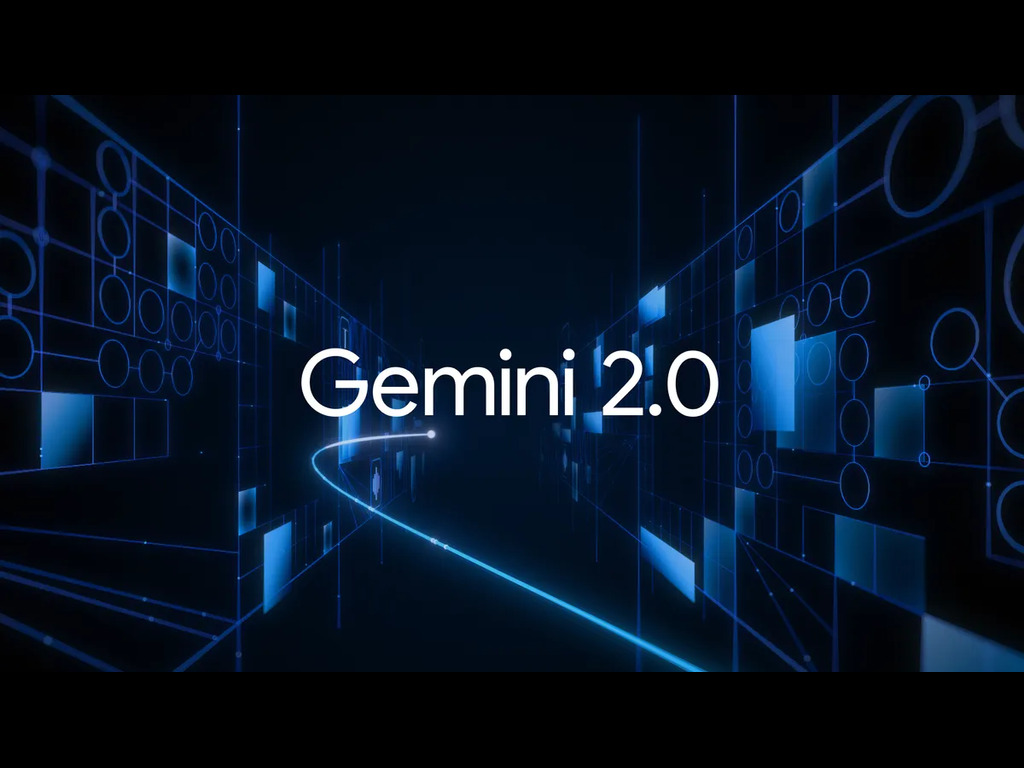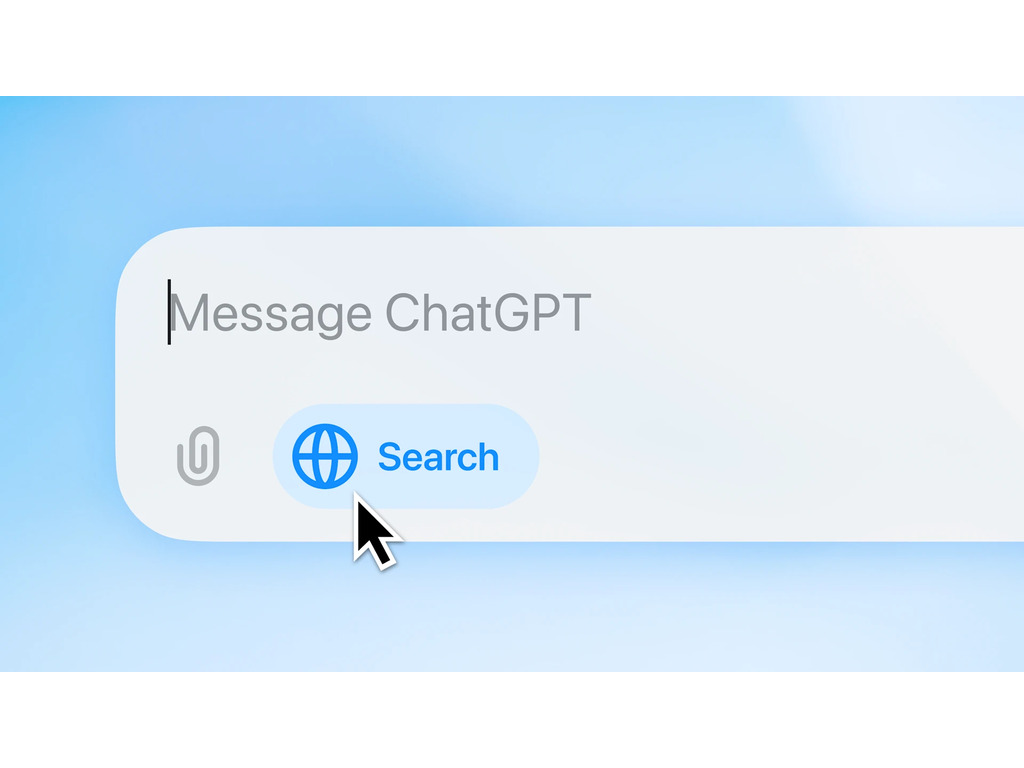Genesis was developed by a group of 19 universities and companies, which includes famous places like MIT, Imperial College London, Peking University, along with tech firms like Nvidia and the MIT-IBM Watson AI Lab. This simulator allows robots to undergo training in virtual worlds, achieving learning rates that are impossible to reach in real life. As reported by the creators, robots using Genesis can learn as much as 430,000 times quicker compared to traditional training methods.
Unique Features of Genesis
This remarkable speedup is thanks to several cutting-edge features. One key feature is the ability to generate 3D environments through AI and text prompts. This allows researchers and developers to quickly create complex settings like factories, apartments, or city landscapes by simply providing text instructions. The physics engine powering Genesis has been built from the ground up and can simulate a variety of materials and physical interactions, including object collisions and the behavior of liquids and gases.
Speed and Accessibility
Another benefit of Genesis is its high-speed performance, which does not require supercomputers. Using a standard Nvidia GeForce RTX 4090 graphics card, it can achieve up to 43 million frames per second (FPS) in some simulations. This is achieved through a mix of efficient programming and the simulator’s ability to work across different platforms. The physics simulator is compatible with Nvidia and AMD graphics cards, regular CPUs, and Apple’s Metal, making it available for many users. One hour of processing time in the simulator is roughly equal to ten years of real-world robot training, which could significantly reduce the time needed for robot development.
Open Source for Developers
The project is open source and released under the Apache License, Version 2.0, giving developers significant flexibility in using and altering the code. Developers can find the source code and additional information on GitHub.
Genesis has numerous potential uses. In industry, it could improve production lines and robot movements for tasks like welding, painting, or assembly. For home robots, Genesis allows for testing navigation algorithms in virtual settings and simulating object and human interactions. In R&D, Genesis can help explore new robot designs and steering techniques while conducting experiments in safe virtual spaces. It also holds promise for disaster management, training robots for risky environments, like searching for people trapped under debris.
Showcasing Capabilities
Impressive simulation outcomes can be viewed on the project’s page. Videos display a four-legged robot that, thanks to Genesis, has mastered crawling, galloping, hopping on two legs, and even performing backflips. The neural network guiding the robot was probably trained in only a few hours using the RoboGen tool that operates within Genesis.
Applications in Entertainment
Genesis might also attract attention from the film industry and game developers. The simulator can effortlessly produce animations of liquids and gases that would typically be challenging to code. Genesis can also replicate intricate motion sequences in character design, making animations appear more lifelike.
Source: Link










